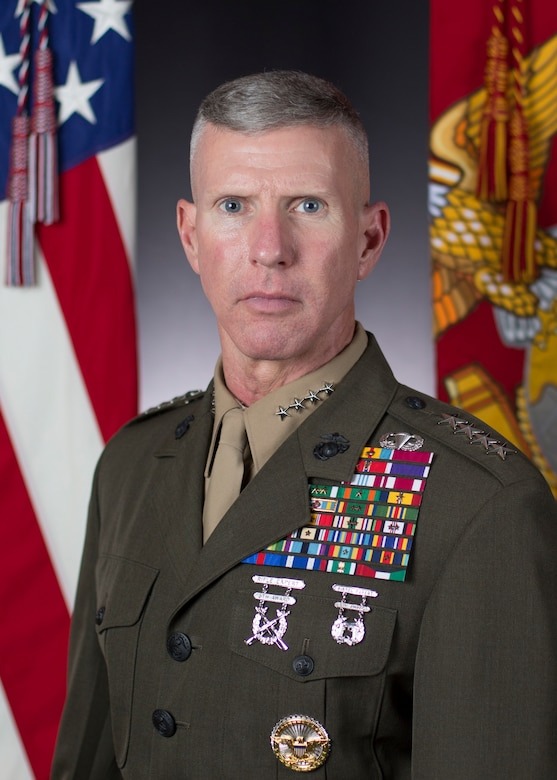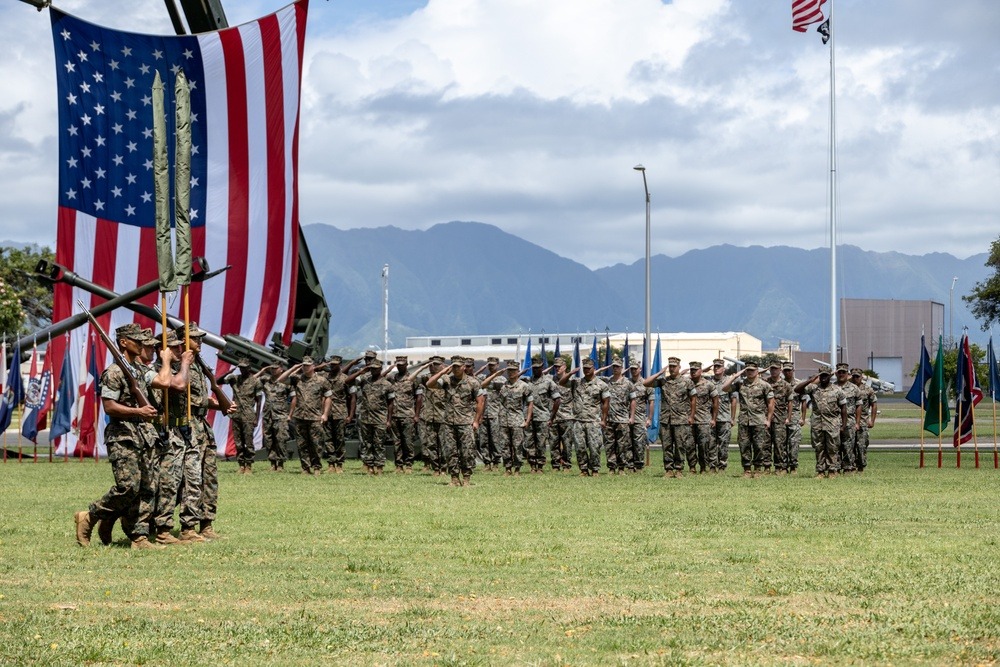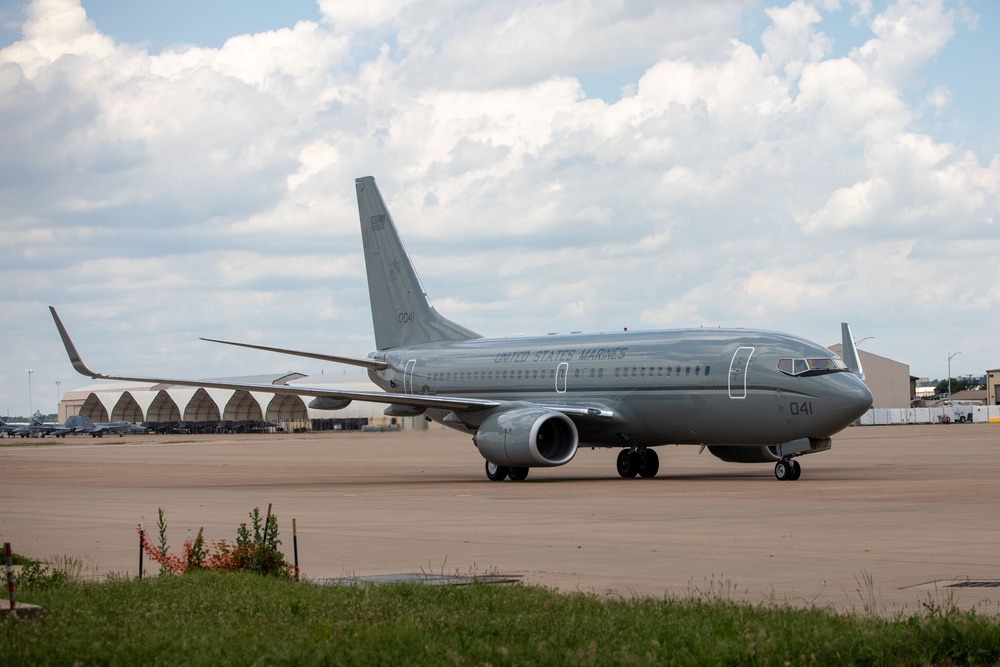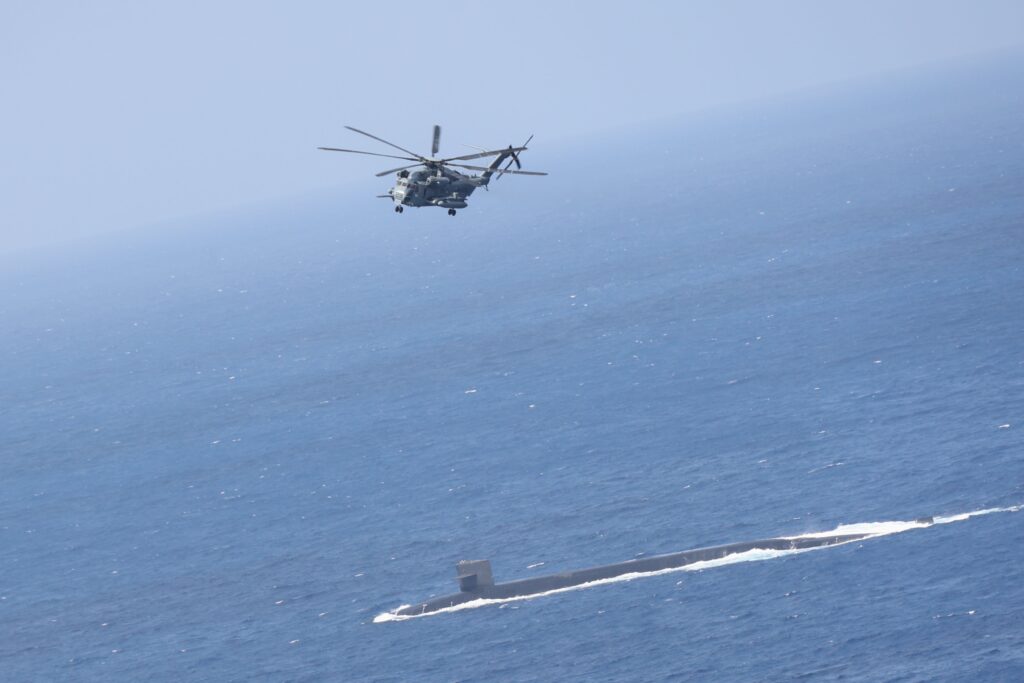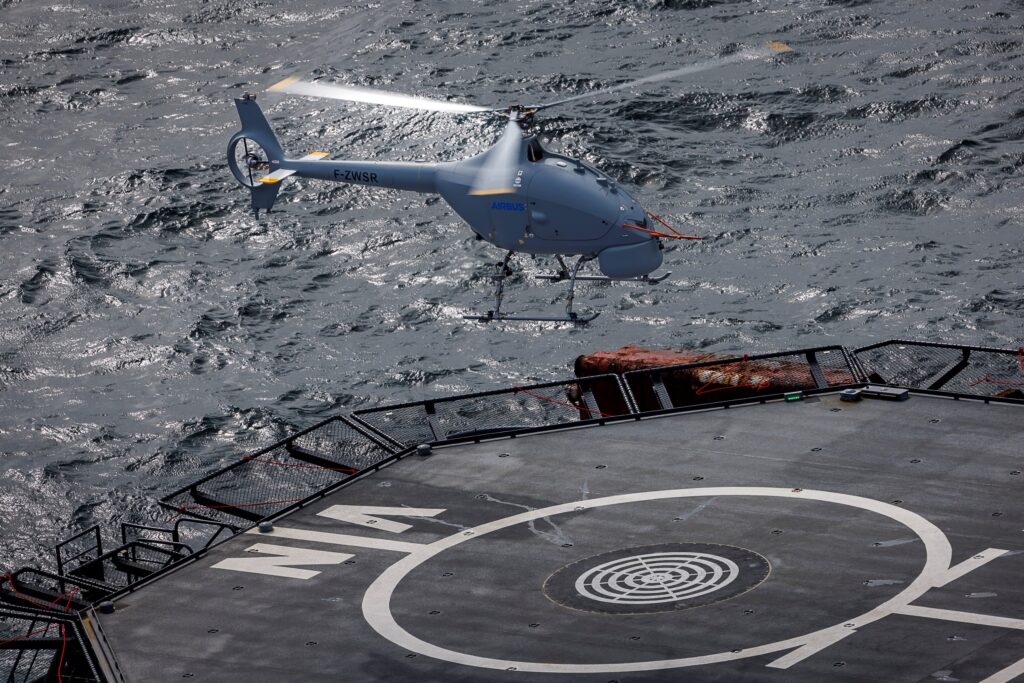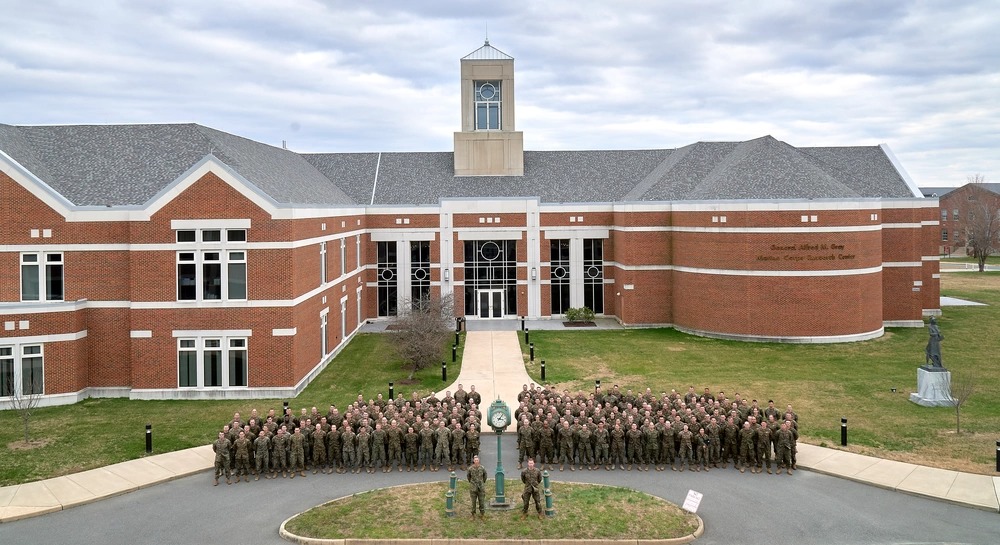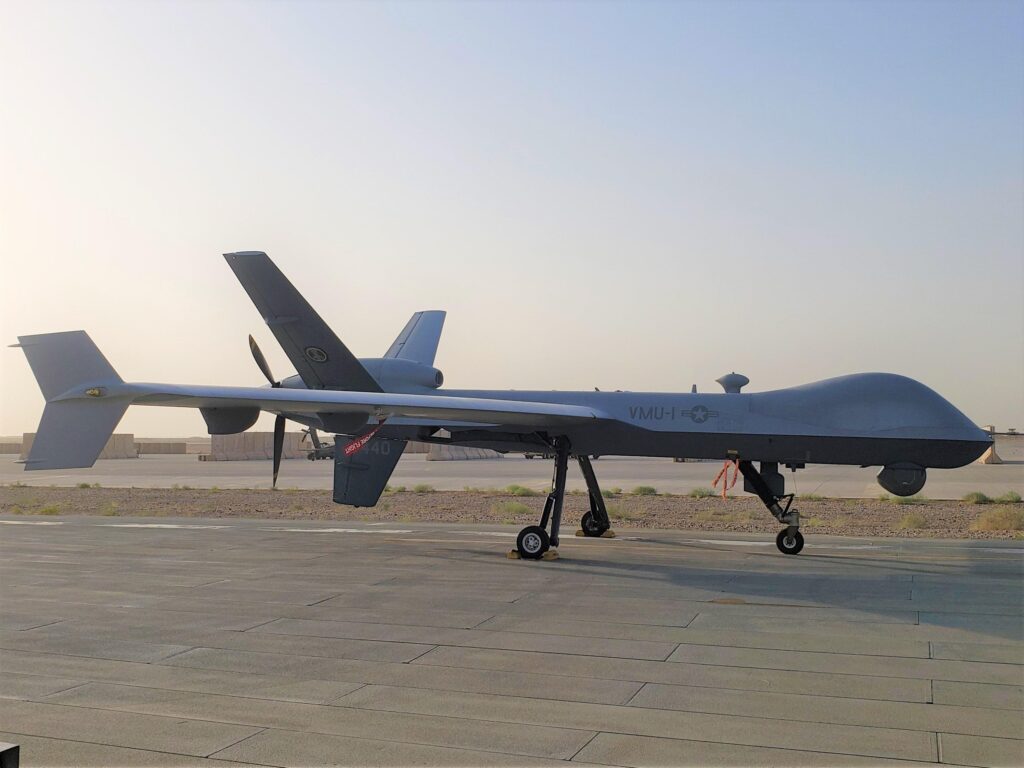FRCE delivers final Harrier trainer to Marine squadron
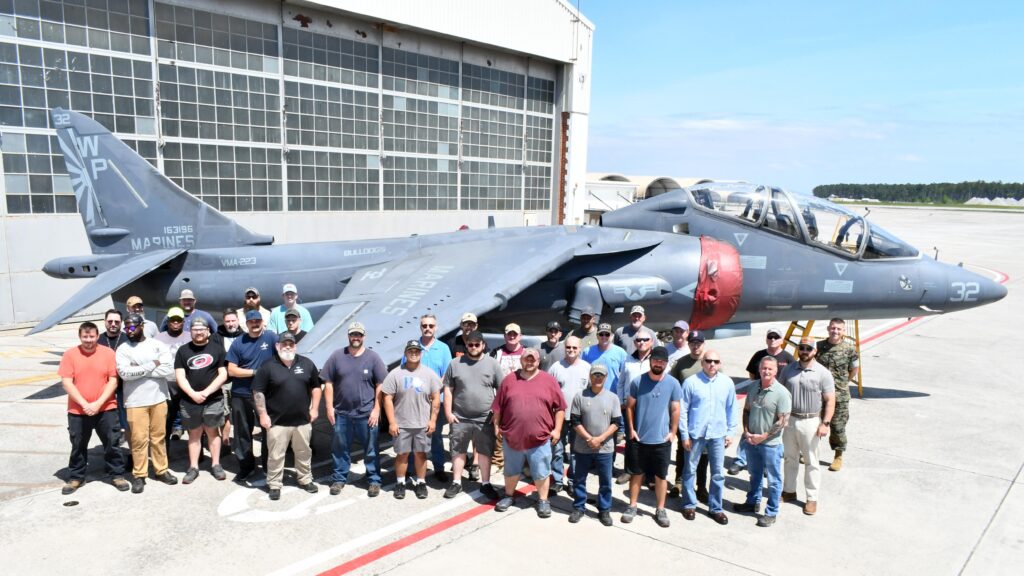
Release from Naval Air Systems Command
*****
Published:
Jun 2, 2023
MARINE CORPS AIR STATION CHERRY POINT, N.C.–Fleet Readiness Center East (FRCE) has reached another milestone toward the drawing down of its AV-8B Harrier program, with the completion of its last TAV-8B trainer aircraft. The two-seater trainer was delivered May 11 to Marine Attack Squadron (VMA) 223, located at Cherry Point.
The Marine Corps is moving to replace the Harrier with the short takeoff-vertical landing F-35B Lightning II by 2027, which means FRCE’s AV-8 program will soon transition to supporting other platforms.
Many of the aircraft maintenance professionals on FRCE’s Harrier program have spent a significant part of their careers repairing and maintaining AV-8 aircraft. They say that’s why it’s tough to see another piece of the program’s workload come to an end.
“I’ve been at FRC East for almost 32 years, and this aircraft is almost 35 years old, which means it was flying before I came here,” said Jeff Broughton, AV-8 planner at FRCE. “I’ve spent 20 years on this program, so you can imagine how many times I’ve seen this aircraft come through for Planned Maintenance Interval events. I worked on it once while I was a mechanic and twice while I was a planner, so you get to know the history of the aircraft each time it comes through.”
Broughton said the Harrier program has established an impressive record of working under budget and ahead of schedule, and its final TAV-8B is no exception. According to Broughton, FRCE’s total combined work on this particular aircraft over the years was estimated to take nearly 11,000 work hours, but a tally of all the work actually completed on the aircraft came in at only 8,100 hours. Even on its last trip through the depot, it was delivered back to the fleet eight days early.
“Our FRCE AV-8 team prides itself on being ahead of schedule and under budget most of the time,” Broughton said. “We might be considered out of sight, out of mind as a sundowning program, but the team is proud of being good stewards of the customer’s money and being on or ahead of schedule to keep the customer happy.”
With three more scheduled PMI inductions over the next year and a half, the AV-8 team will be disassembling, inspecting, repairing, reassembling and testing those aircraft. They are dismantling retired aircraft and removing good parts to be refurbished and returned to the supply system to be used on the aircraft remaining in the fleet. Artisans also continue to support the Marines with onsite in-service repairs.
Currently, FRCE’s AV-8 program is scheduled to complete its final aircraft in September 2025. By that point, the personnel assigned to that team will be pursuing the next steps in their careers.
“We have a highly experienced team here, and many of them have been on this program for a long time,” said Mike Stewart, AV-8 shop supervisor at FRCE. “They are extremely knowledgeable and can handle any issues with the AV-8.”
Many will go on to support growing and incoming workload, such as the F-35, CH-53K and C-130 platforms. Stewart said these programs will benefit from the quality work and strong customer relationships formed by the AV-8 team, especially as the Marine Corps’ former AV-8 squadrons have transitioned to flying the F-35.
“We have spent years building a good foundation with the AV-8 community, and now they will be our future customers with the F-35,” Stewart said. “The program may be ending, but we’ve paved a clear path for future endeavors with the customer for a long time to come.”
As a long-time member of the AV-8 team, both as a Marine and later as a civilian artisan at FRCE, F-35 and AV-8 Branch Head Ike Rettenmair, said he is proud of what the Harrier program has accomplished and looks forward to what lies ahead for the fleet.
“You always hate to see a platform sundown, but technology is changing, our threats are changing, and it is time to move to the F-35 and the capability it will bring to the warfighter,” Rettenmair said. “FRCE will continue to support team Harrier as we have always done, until the final Harrier lands on the runway, regardless of when that will be.”
FRCE is North Carolina’s largest maintenance, repair, overhaul and technical services provider, with more than 4,000 civilian, military and contract workers. Its annual revenue exceeds $1 billion. The depot provides service to the fleet while functioning as an integral part of the greater U.S. Navy; Naval Air Systems Command; and Commander, Fleet Readiness Centers.
